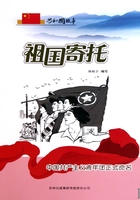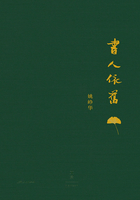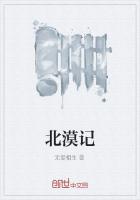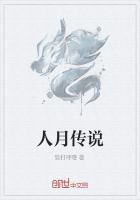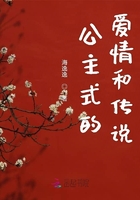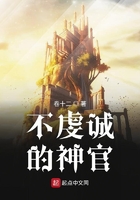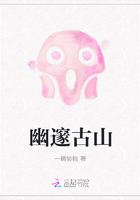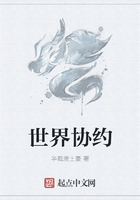Situated on the Red Hill in the northwest of Lhasa City, capital of the Tibet Autonomous Region, the Potala Palace covers an area of 360,000 square meters. This famous Tibetan-style complex, famed as “the Pearl on the Roof of the World”, is an outstanding representative of ancient Tibetan architecture. It was added to the UNESCO World Heritage List in 1994.
The construction of the Potala Palace began in the seventh century, when Songtsen Gampo, ruler of the Tubo Kingdom, united Tibet and prepared for his marriage to Princess Wencheng (about 623-680) of the Tang Dynasty (618-907). Their marriage was meant to promote friendship with the Tang government and to speed the development of politics, economy and culture in Tibet. That magnificent building fell into disrepair during a long period of turmoil. However, it was rebuilt in 1645 by the fifth Dalai Lama. The construction lasted 50 years. The Palace reached its present size after years of renovation and expansion by following generations of the Dalai Lamas.
Built at an altitude of 3,700 meters, the Potala Palace is the highest ancient palace above sea level in the world. It consists of the Red Palace and the White Palace, with the Red Palace in the middle flanked on both sides by the White Palace. The Potala Palace is a combination of palace, fortress, pagoda and monastery. It was the religious and political center of Tibet from the mid-17th century to 1959. It was where generations of the Dalai Lamas lived, ruled and oversaw Buddhist rites.
Standing in the center of the old city of Lhasa, the Jokhang Monastery was constructed in the 21st year of the reign of Emperor Zhenguan of the Tang Dynasty (i.e. 647), more than 1,300 years ago. As a Tibetan Buddhist temple, it is the ultimate pilgrimage destination for Tibetan pilgrims. It was added on the World Heritage List in 2000 as part of the Potala Palace.
The monastery is also referred as to “Tsuklakang”, meaning “the scripture hall” in Tibetan. “Jo” is the transliteration of the Tibetan word, which means Buddha. So the Jokhang Monastery is a sanctuary enshrining an enormous Buddha. There is an old saying that “the Jokhang Monastery was built before Lhasa was built.” Built during the period of great prosperity of the Tubo Kingdom, the monastery was later expanded into a grand architecture compound.
The Main Hall of the Monastery enshrines the statue of Sakyamuni at the age of 12, which was brought by Princess Wengcheng of the Tang Dynasty from Chang’an City. According to legend, Sakayamuni finally allowed his disciples to make sculptures of his own image just before he passed away under the Bodhi tree. Because he disagreed with the idea of “personality worship” when he was alive, only three statues of Sakayamuni at age 8, 12 and 13 were sculpted. Among the three, the bronze statue at the age of 12, when he was still a prince, was the most delicate and venerated one. So this statue is the most important and is of supreme value to Tibetan Buddhism. It had been brought to China’s hinterland from India, and then taken to Tibet by Princess Wengcheng in the Tang Dynasty.
Legend has it that when Princess Wencheng and her followers stepped into the Lhasa Valley, the cart that carried the statue of Sakayamuni sank into the sand. Four strong men couldn’t move the cart an inch. The princess said that this was the place that Buddha had chosen to stay. So she asked the people to create a fence around the statue. Later, in accordance with her wishes, Songtsan Gambo ordered that the Ramoche Monastery be built to enshrine the statue and this was soon followed by the construction of the Jokhang Monastery, which was built to house the statue of Sakyamuni at age eight -a statue brought by the Princess Bhrikuti (or Princess Chizun) of Nepal. Three years later, the two monasteries were completed at about the same time and the two statues were widely venerated. However, the statue in the Ramoche Monastery had to be hidden in the Jokhang Monastery during the war many years later. In 710, when Princess Jincheng of the Tang Dynasty came to Tibet, two statues were found and housed in suitable shrines once again. But this time, their places were interchanged. Thus, today the statue of Sakyamuni at the age of 12 is found in the Main Hall of the Jokhang Monastery.
The sacred Jokhang Monastery was worshipped by all different sects of Tibetan Buddhism. Many important political and religion activities, including the rite to determine the incarnation of the late Living Buddha by drawing lot from a golden urn, were held here when Tibet was still under theocratic control.

